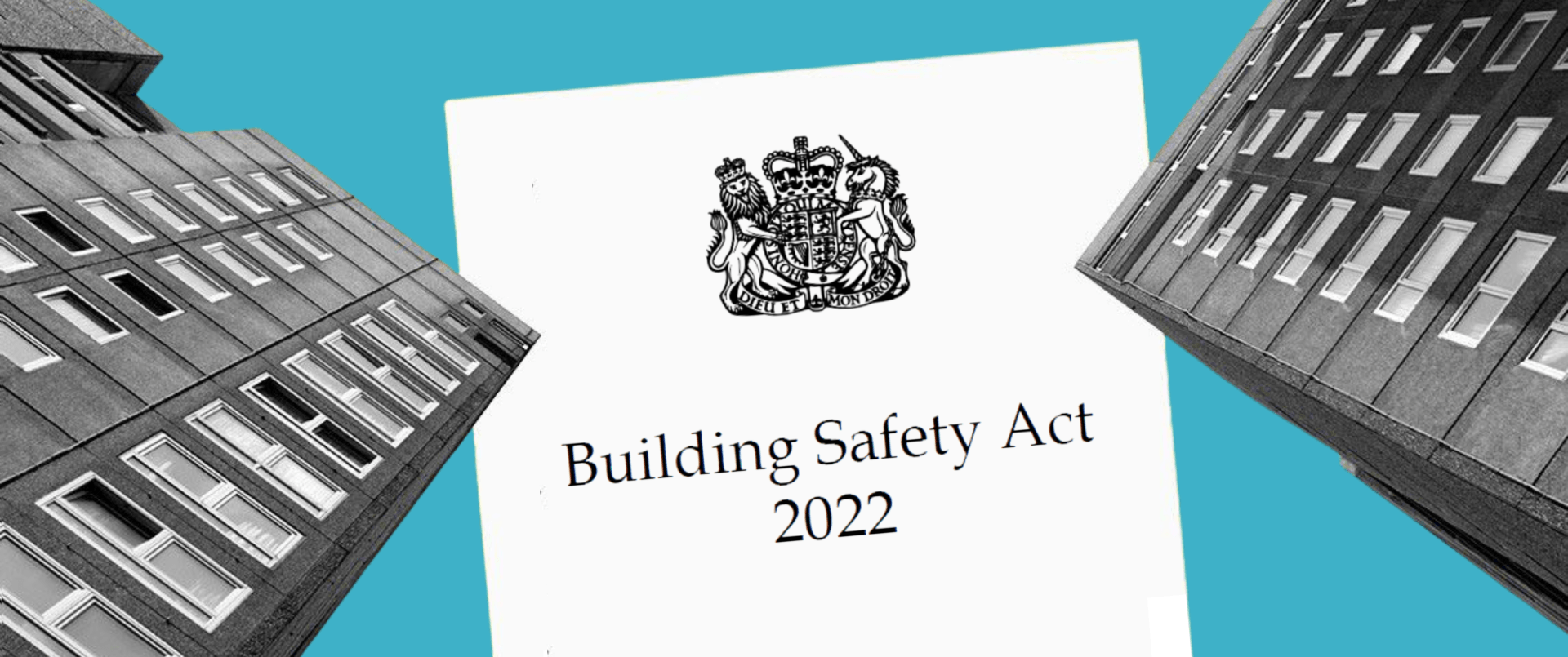The Impact of the Changes to Building Safety
Perpetual Perspective on the Building Safety Act 2022

Perpetual Residence been in contact with all Clients to discuss the changes to the approach of Building Safety following the approach to Building Safety from construction to management has seen significant legislation changes most recently is The Building Safety Act 2022 (“the Act”), receiving Royal Assent on 28th April 2022. Whilst the Act is in force, it is likely to take up to 18 months to see all aspects of the Act introduced.
Whilst the act is not limited to residential buildings there are key aspects which we have set out within our overview.
The Act sets out a requirement for an Accountable Person (“AP”). The person fulfilling the role will have ultimate responsibility for safety within a building, although they can carry out their duties with the assistance of other competent organisations. It is expected that the owner of the building (freeholder), will be the AP, although where there is a Resident Management Company (RMC) or Right to Manage Company (RTM), they will take the role.
Many RMC or RTM Directors are volunteers, if the RMC or RTM is the Accountable Person this will place additional legal responsibilities on those Directors, even as volunteers. As the legislation places new responsibilities on them which will extend their duties the Act allows for Direcors to be paid. This will allow a paid Director to be appointed, which would allow an expert to review the Fire Safety. For complex buildings, it may not be possible to idenify a single AP so there is the ability to appoint a Principal Accountable Person (PAP), who is the ultimate nominated Accountable Person, with the other APs responsible for managing risk within their areas of responsibility. The PAP will have specific responsibilities in addition to their other AP responsibilities to ensure that the building is managed safely.
Buildings will need to be registered by the AP on the new Building Safety Regulator and prepare a safety case for the building. The safety case is the assessment of risks related to the building and a documented framework managing the risks.
The new responsibilities extend out to residents. Residents are now responsible to work with the AP to discharge their duties this includes providing them access to their properties, with reasonable notice. Residents must not introduce significant risk to the building. A contravention notice can be issued by the AP should a resident not meet their obligations.
The Act aims to provide residents a greater voice in the management of their building and transparency. This is set out in Residents’ Engagement Strategy which the AP is responsible for.



